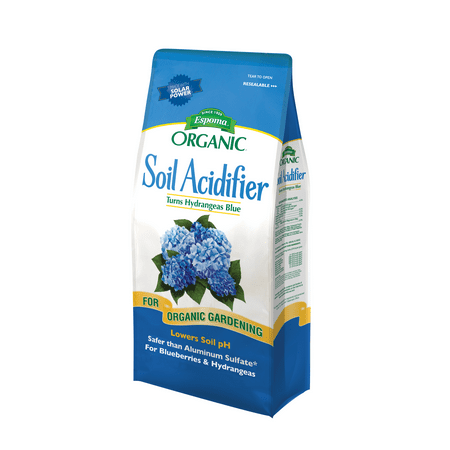Bottlebrush tree problems – 3 expert-approved solutions to common garden woes
Yellow leaves? Damaged stems? Our guide will help you to keep your bottlebrush tree in good health

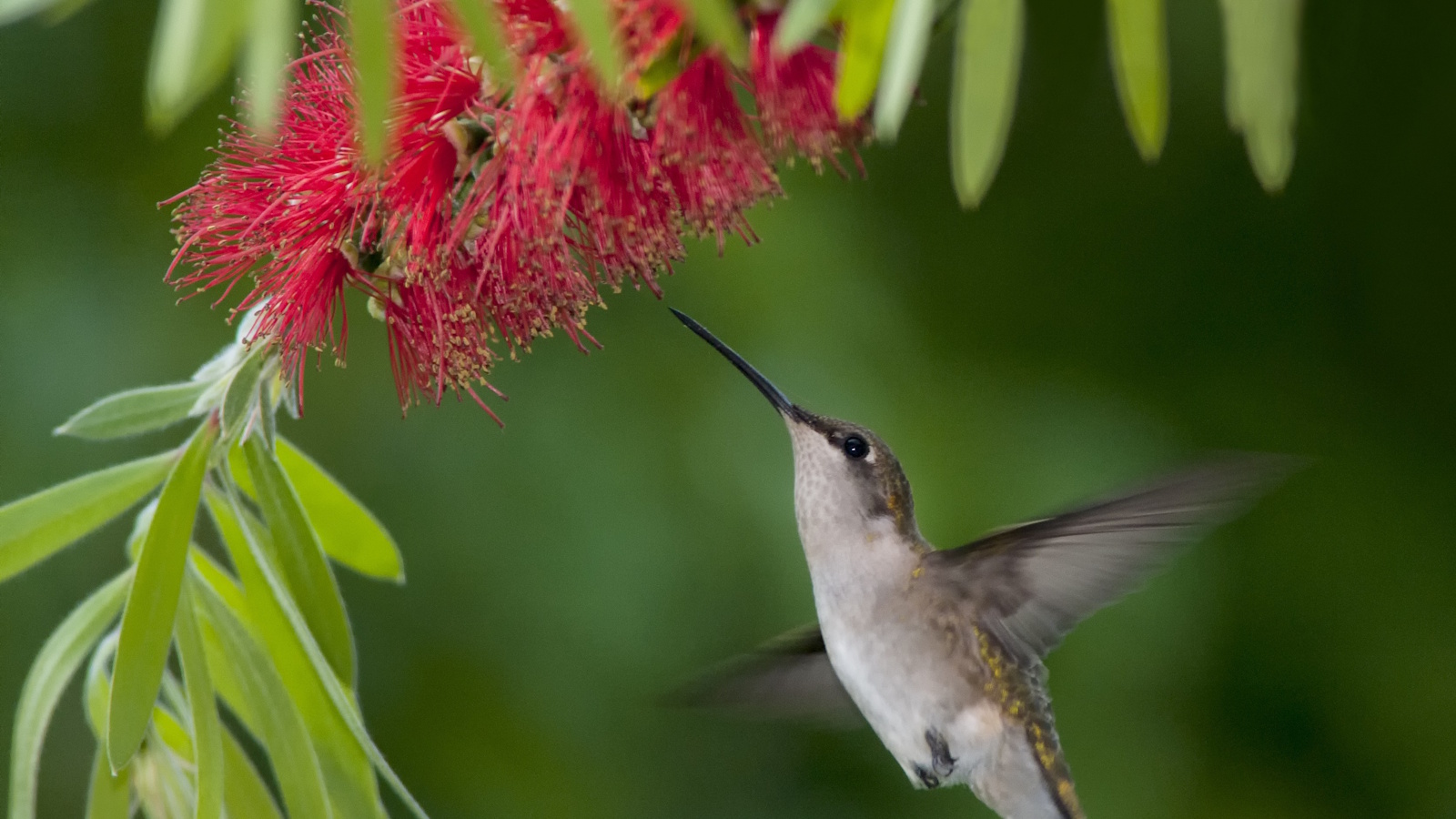
Native to Australia, bottlebrushes are today a common and popular tree grown in gardens worldwide. So named for the brush-like appearance of the flower stamens, bottlebrush trees, or Callistemon spp., are valued for their vibrant blooms, producing masses of crimson, pink or white flowers in the spring and summer months.
In general, bottlebrushes are relatively low-maintenance and easy to care for. However, as with any tree, there are some pests and problems to be aware of. Accurate identification will help you quickly resolve any bottlebrush problems in your yard.
When working as a professional gardener, I cared for a large bottlebrush tree in a small front garden in London. While learning how to grow a bottlebrush plant was pretty straightforward, regular maintenance and appropriate care were critical to keeping this colorful plant in good health and full of blooms.
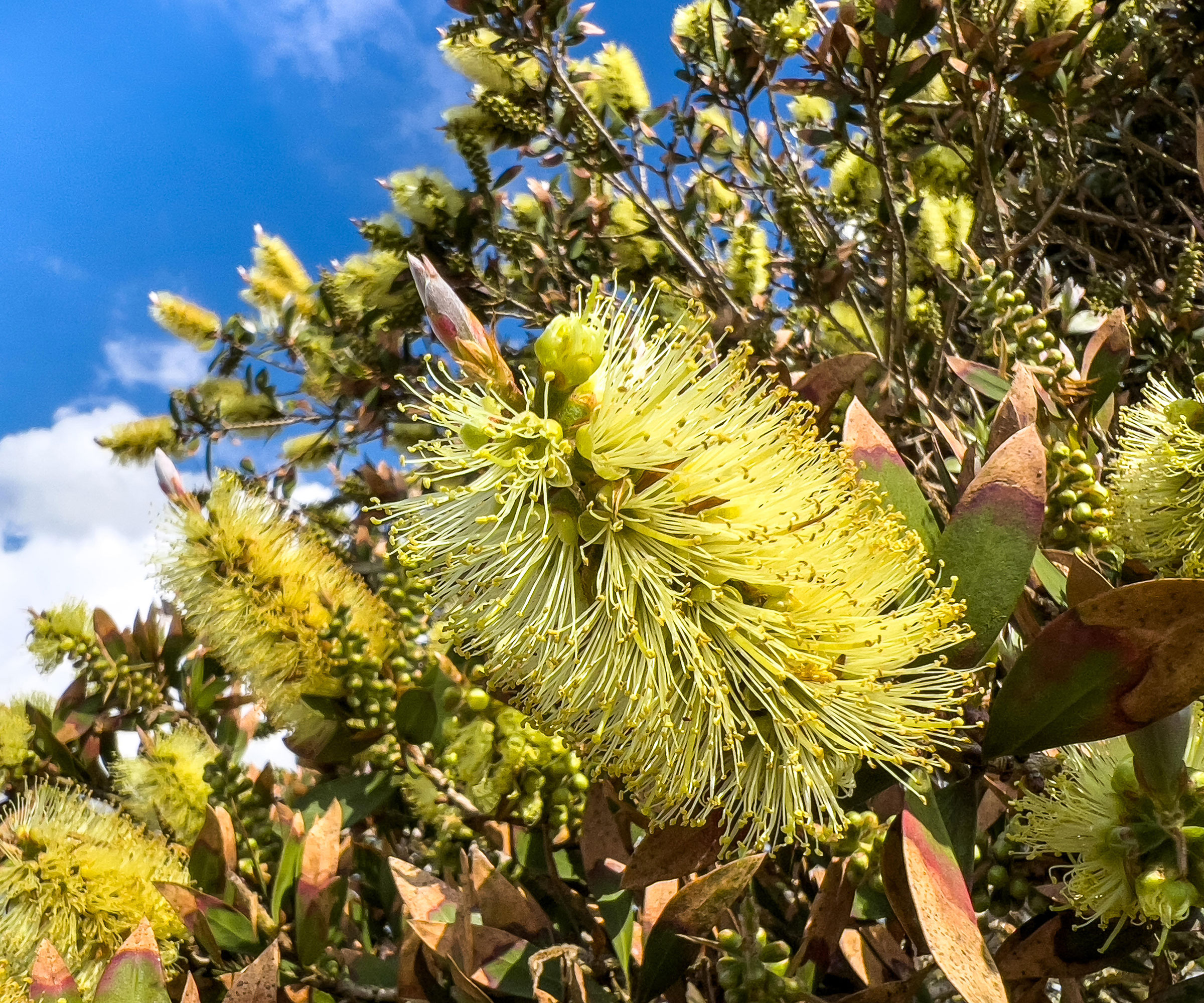
Bottlebrush tree problems
With bright and brilliant flowers, bottlebrushes are impactful additions to any yard. These tropical-looking trees grow best from US hardiness zone 8 to US hardiness zone 10, thriving in warmer, southerly regions with hot summers and mild winters.
When landscaping with shrubs and trees, planting in the right position in your yard is crucial. With bottlebrush trees, ensure that they receive as much sunshine as possible, ideally six to eight hours of direct sun each day.
Here, I reveal three of the most common bottlebrush problems, with advice from a tropical plant expert based in Florida.
1. Yellow bottlebrush leaves
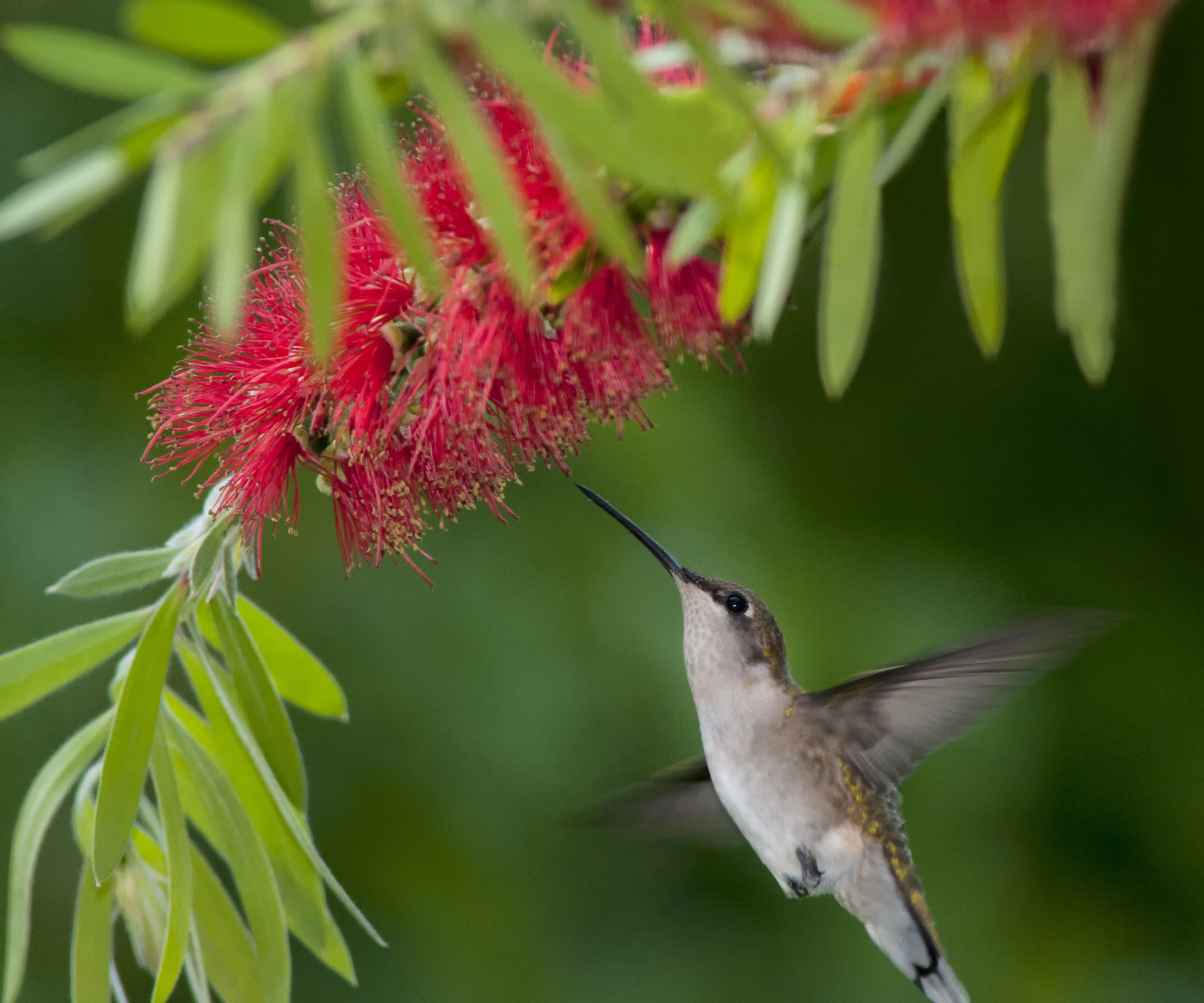
'While they are generally considered low-maintenance shrubs or trees, there are a few bottlebrush problems to watch out for,' says Tatiana Anderson, plant expert and co-founder of Top Tropicals.
Design expertise in your inbox – from inspiring decorating ideas and beautiful celebrity homes to practical gardening advice and shopping round-ups.
Yellowing foliage is one such issue. This can be a cause for concern and may be a sign of overwatering. 'These plants prefer well-draining soil, so you should avoid planting in heavy clay soils unless you can improve the drainage.
'What's more, bottlebrush trees are susceptible to root rot if overwatered, so it is crucial to avoid waterlogged conditions at all costs,' Tatiana adds.
Native to sunny and dry regions, bottlebrush trees will not thank you for sitting in damp, moist soils, as Tatiana says. Carefully scrape an inch or two of soil at the base of your plant, and use your hand to ascertain soil moisture. Alternatively, use a soil moisture meter, available from Walmart, which will quickly reveal how wet the ground is.
If the soil is overly wet, you may need to improve drainage in your yard. One way to do so is to incorporate plenty of organic matter on top of your beds in the fall, using homemade leaf mold or store-bought compost. Over time, this will improve the structure of the soil and allow it to drain more easily.
Alternatively, yellow leaves can be a sign of a pH problem in the soil. Bottlebrush trees tend to prefer neutral to slightly acidic soils, roughly with a pH of 5.5-7.0. Using a soil test kit, available from Amazon, check to see if your borders are suitable for your plants. If the reading is above 7.0, apply some garden lime or a soil acidifier to help.

Tatiana Anderson is the co-owner and co-founder of Top Tropicals, based in Fort Myers, Florida. Top Tropicals grow and sell a whole range of flowering and fruiting tropical plants.
2. Frost damage to your bottlebrush tree
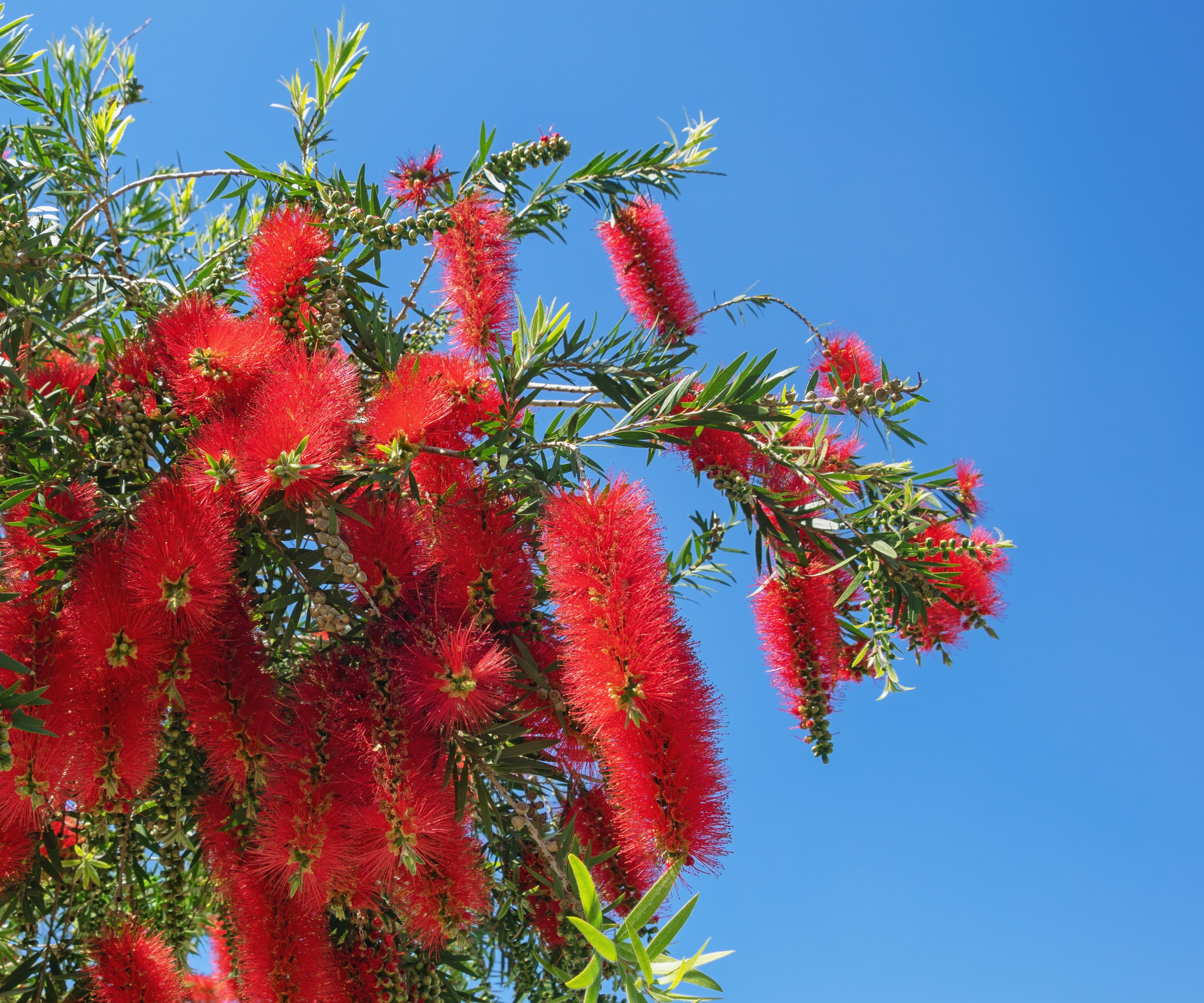
Bottlebrush trees do not like cold weather and will struggle in northern regions, such as states in US hardiness zone 5 and below. 'Frost can damage the foliage and even kill entire branches in a harsh winter,' Tatiana says.
For this reason, if frost or snow is forecast, it is best to err on the side of caution and use a frost cover, available from Amazon, to protect your bottlebrush tree.
'If your tree does suffer from frost damage, you can prune any damaged or dead branches in the early spring before the flower buds develop,' Tatiana says. 'This will give the tree time to fill in bare spots with new foliage.'
When pruning, always use clean, sharp tools, such as these Felco pruning snips, available from Walmart.
3. Pest infestations
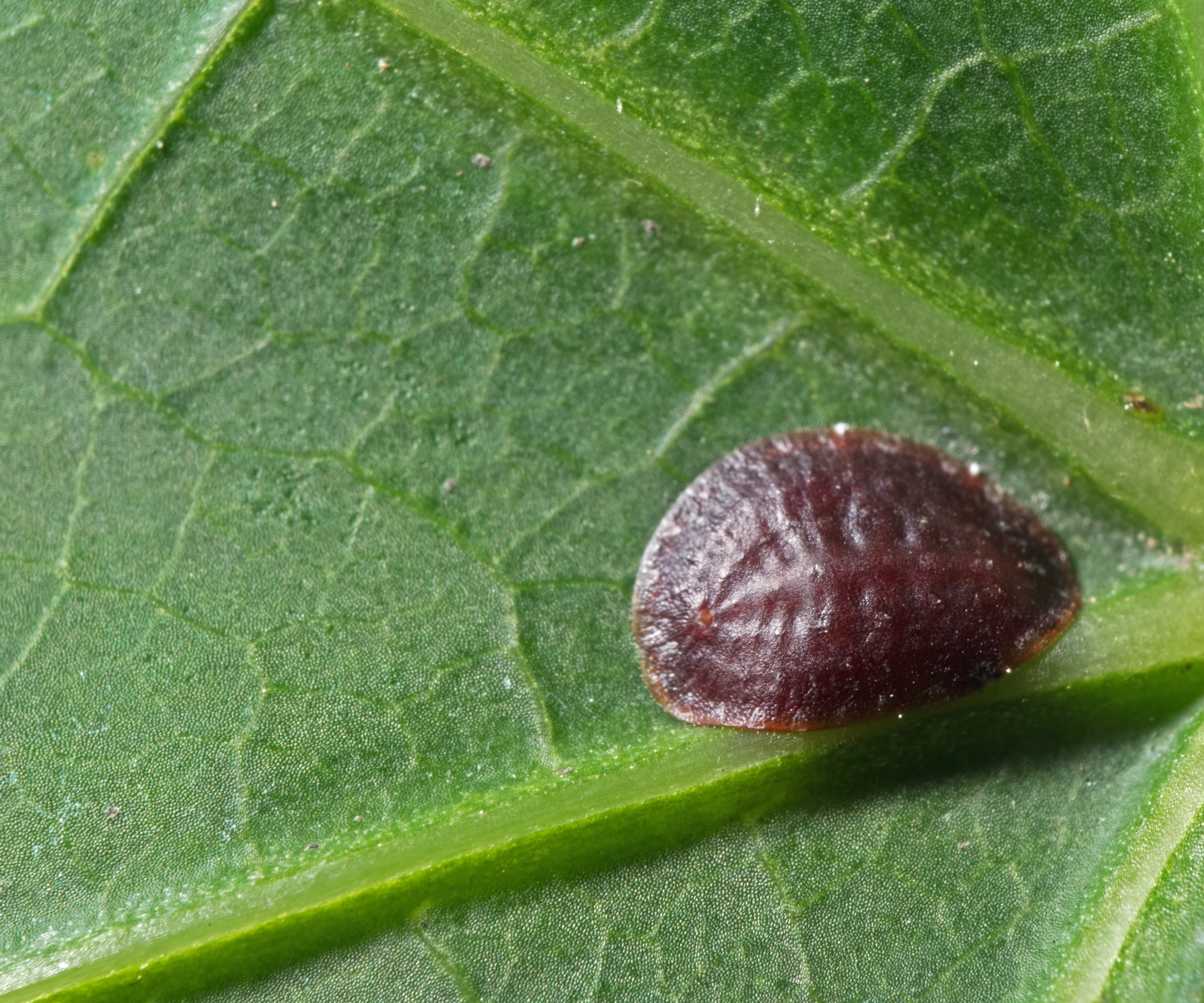
In general, bottlebrush trees are pest-resistant. One problem pest to look out for, however, is scale bugs. Easily identifiable, these small sap-sucking insects have a brown, black or gray outer shell that looks like scales, as seen in the image above.
While scale bugs can be tolerated in small quantities, they can cause irregular growth and defoliation, thriving in warm and humid regions that have mild winters.
In terms of how to combat scale bugs, you can simply remove damaged foliage for smaller infestations, disposing of the clippings in your green waste collection. For larger outbreaks, you can use organic horticultural oils, such as neem oil, which will kill the scale bugs but do little harm to other wildlife. Organic neem oil is available from Walmart.
FAQs
When is the right time to fertilize bottlebrush trees?
'Bottlebrush trees do not require heavy fertilization and tend to find what they need in the soil,' says Tatiana. 'In spring, you can sprinkle a small amount of balanced, slow-release fertilizer at the base of your tree, although I would caution against over-fertilizing, as this can lead to foliage growth at the expense of flowers.'
While established bottlebrush trees are remarkably drought tolerant, it can be a good idea to water them during long, hot periods. Lack of water during dry weather can result in brown, crispy leaves, especially on younger specimens, which can be unsightly. To prevent this, infrequent but deep watering is a good idea in the summer months.

Thomas is a Content Editor within the Gardens Team at Homes and Gardens. He has worked as a professional gardener for both public spaces and private estates, specializing in productive gardening, growing food and flowers. Trained in Horticulture at the Garden Museum, he has written on gardening and garden history for various publications, including The English Garden, Gardens Illustrated, Hortus, The London Gardener and Bloom. He has co-authored a Lonely Planet travel book, The Tree Atlas, due out in 2024.
